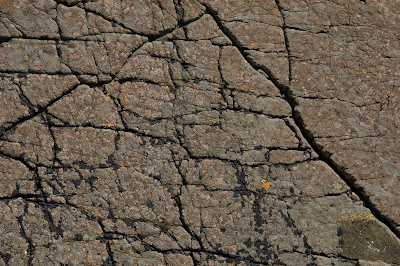The Insh marshes are the largest area of transition mire in the UK (a habitat that is half-way between acidic bog and alkaline fen), containing several species-rich oligotrophic and mesotrophic lochs (low-medium nutrient levels) and areas of alluvial alder-ash forest. Around 50% of all British Goldeneye nest here in the Spring and this is a good place to see Wigeon, Lapwings, Curlews, Redshank, Whooper Swans and Otters.
When the winter sun shines on the rushes, the marshes become a shimmering expanse of gold:

From Kingussie I followed the B970 across the railway line and up to the Ruthven Barracks. The Barracks were built in 1721 by the British Government after the Jacobite Uprisings and were subsequently captured and destroyed by the Jacobites in 1746.
 |
| Ruthven barracks |
Small flocks of Redwings foraged in the forest around the barracks and I continued walking across the marsh til I reached the banks of the River Spey (disturbing some Whooper Swans and Goldeneye), where I sat down for awhile with my binoculars. In the far distance I could see a large group of Wigeon grazing underneath the A9 at the point it crosses the River Spey. As I sat still I spotted a Stoat disappearing into the rushes on the opposite river bank.
Afterwards I checked out the hide at Invertromie, but saw nothing but a pair of Mallards and a lone male Tufted Duck.
 |
| Alluvial alder-ash forest |









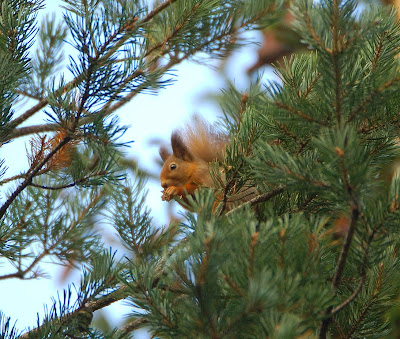



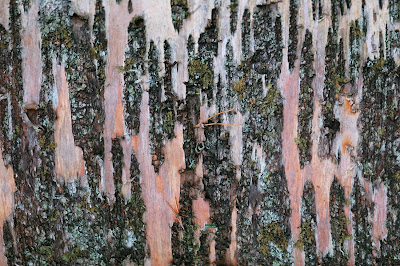









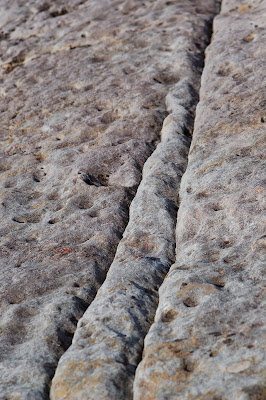



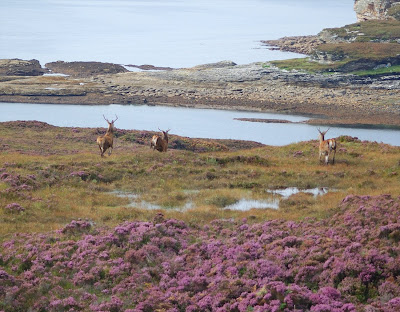

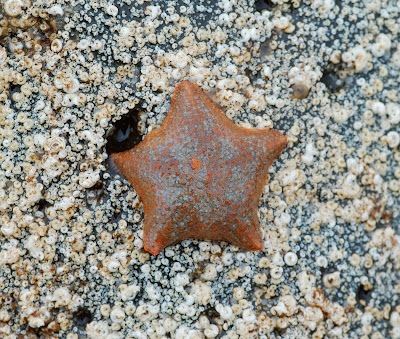










.jpg)
.jpg)







